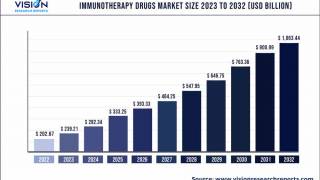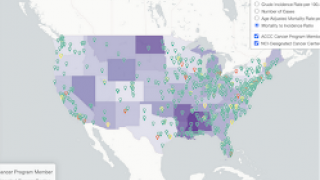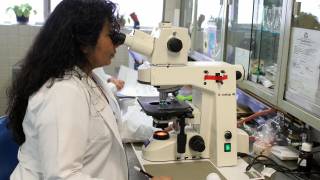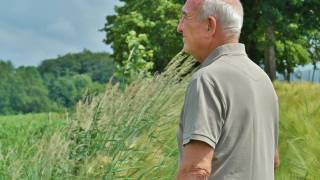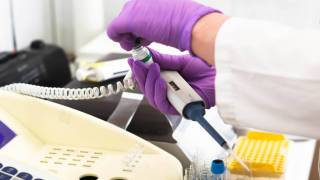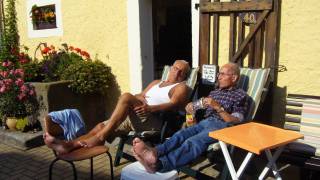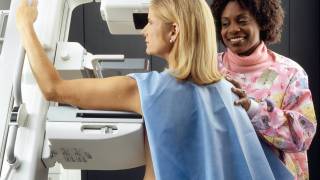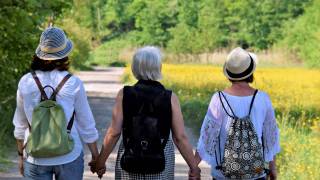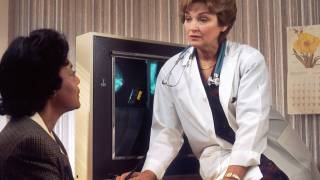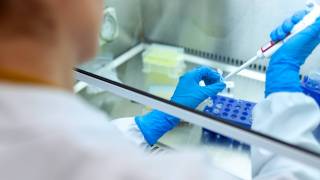HPV Vaccinations Vary Across the USA
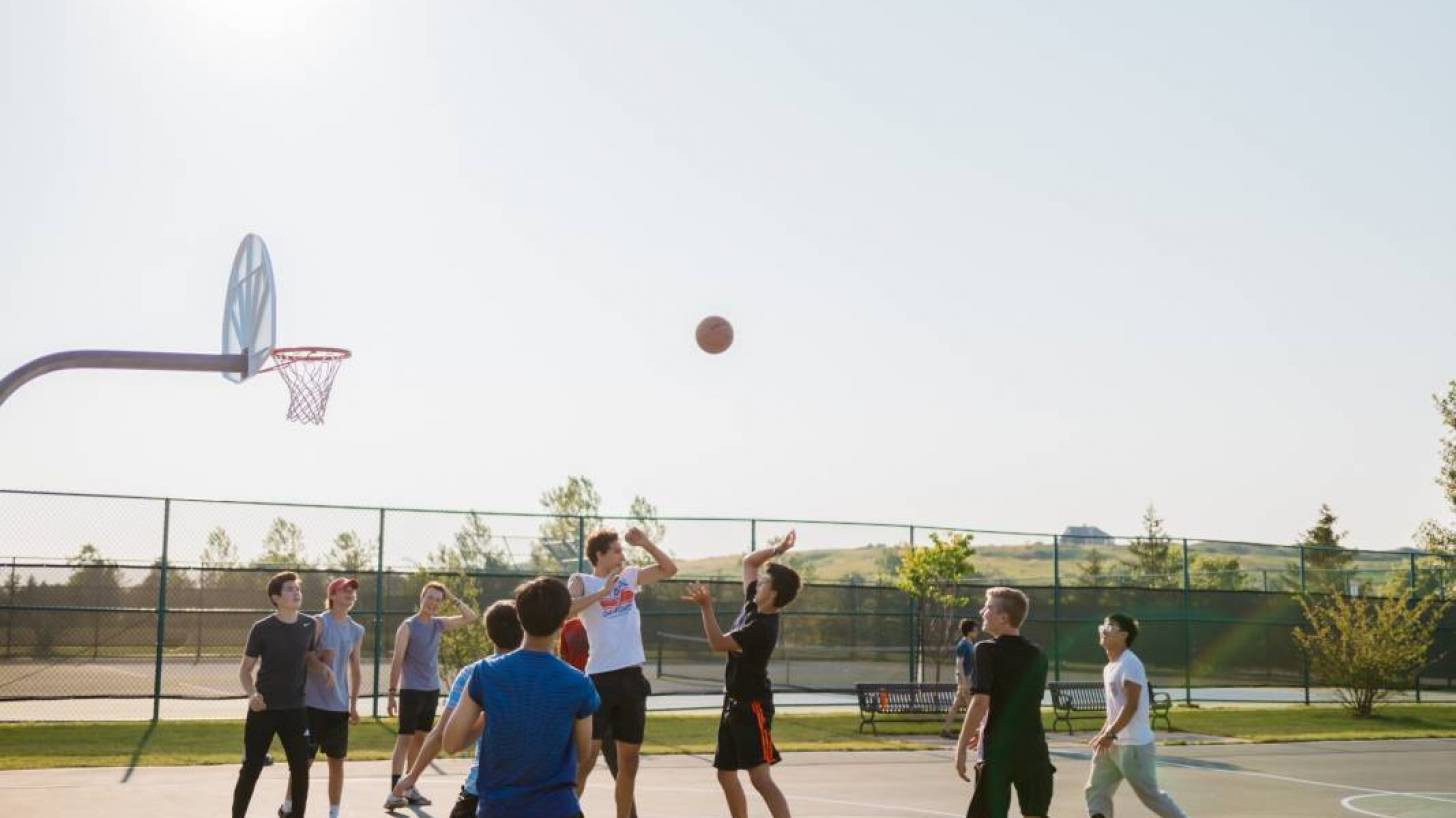
Understanding how human papillomavirus (HPV) vaccination coverage varies by geography in the USA can help to identify areas of need for prevention and control efforts, stated researchers in a systematic review of published literature.
Across various studies, this new review published on October 27, 2020, found the average initiation rate of HPV vaccination was 40.5 percent (range, 6.3%–78.0%).
And the average rate of completion was 23.4 percent (range, 1.7%–55.2%).
However, the geographic regions and area-level factors associated with HPV vaccination varied by Zipcode, area-level poverty, urbanicity/rurality, racial/ethnic composition, and health service region characteristics.
Previously, the US Centers for Disease Control and Prevention (CDC) Morbidity and Mortality Weekly Report (MMWR) published on August 21, 2020; National, Regional, State, and Selected Local Area Vaccination Coverage Among Adolescents Aged 13–17 Years, United States, 2019, found HPV vaccination initiation by age 13 years increased an average of 5.3 percentage points for each consecutive birth year, from 19.9 percent among adolescents born in 1998, to 62.6 percent among those born in 2006.
And, being fully HPV vaccinated by age 13 years increased an average of 3.4 percentage points for each consecutive birth year, from 8.0% among adolescents born in 1998 to 35.5% among those born in 2006.
This MMWR report concluded by saying ‘the CDC, along with other national health organizations, continues to stress the importance of well-child visits and vaccinations as essential services. The majority of practices appear to be open and resuming vaccination activities for their pediatric patients regardless of the COVID-19 pandemic.
And ‘healthcare providers can take several steps to ensure that adolescents are up to date with recommended vaccines, including
- promoting well-child and vaccination visits;
- following guidance on safely providing vaccinations during the COVID-19 pandemic;
- leveraging reminder and recall systems to remind parents of their teen’s upcoming appointment, and recalling those who missed appointments and vaccinations; and
- educating eligible patients and parents, especially those who might have lost employer-funded insurance benefits, about the availability of publicly funded vaccines.’
Furthermore, the American Cancer Society updated its guideline for HPV vaccination on July 8, 2020, recommending healthcare providers offer routine HPV vaccinations series to boys and girls between ages 9 and 12.
There are safe and effective HPV vaccines that can protect males and females against cancers caused by HPV. These vaccines include 9vHPV, 4vHPV, and/or 2vHPV, says the CDC.
An updated listing of HPV vaccines and vaccine candidates is found here.
Vax-Before-Cancer publishes research-based vaccine news.
Our Trust Standards: Medical Advisory Committee



